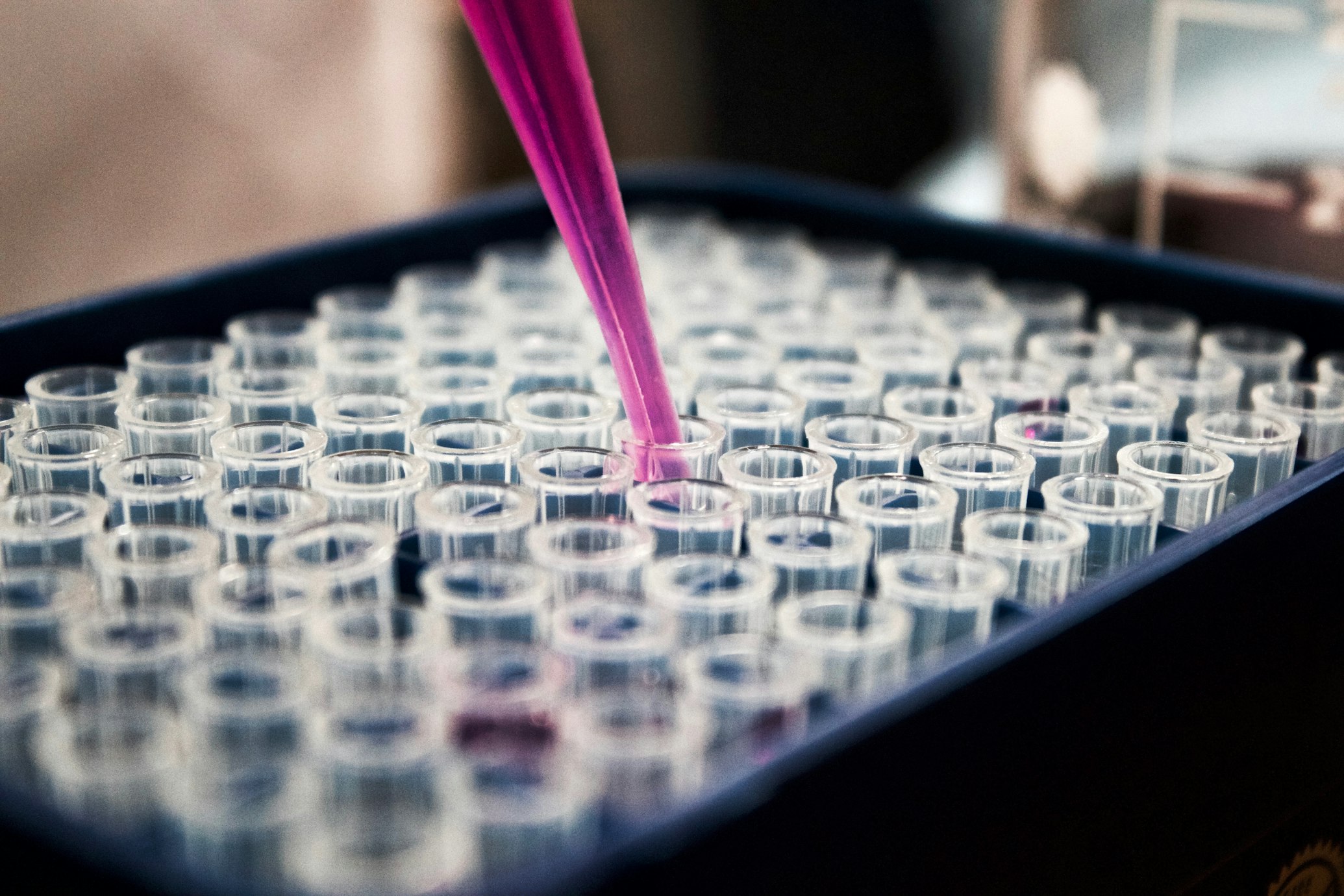Violet Light vs. Invisible Invaders
How 405 nm Light Fights a Stealthy STD Pathogen
The Silent Epidemic in Our Cells
Chlamydia trachomatis isn't just another bacterium—it's a master of disguise. As the world's leading cause of bacterial sexually transmitted infections (130+ million cases annually) and preventable blindness (trachoma), this pathogen thrives by hijacking human cells. Worse, up to 90% of infected women and 50% of men show no symptoms, allowing silent damage to reproductive tissues. Even antibiotics fail against persistent forms, creating urgent need for alternatives. Enter an unexpected warrior: violet light at 405 nm. Recent breakthroughs reveal how this specific wavelength can dismantle Chlamydia's cellular stronghold while calming dangerous inflammation 1 3 .
Key Facts
- 130+ million annual cases worldwide
- 90% of infected women asymptomatic
- 50% of infected men asymptomatic
- Leading cause of preventable blindness
Decoding a Stealthy Invader
Chlamydia's Double Life
Unlike most bacteria, C. trachomatis lives entirely within human cells. Its two-phase life cycle enables evasion:
Dormant, infectious particles that invade cells like microscopic trojan horses.
Active forms that multiply rapidly inside protective "inclusions," shielded from immune detection.

Antibiotics like penicillin can force Chlamydia into a third, persistent state—surviving but not growing, ready to resurge later 3 6 .
Inflammation: The Real Danger
The greatest harm arises not from the bacteria alone, but from the body's overzealous counterattack. Infected cells flood tissues with:
A pro-inflammatory cytokine linked to scarring infertility and blindness.
A chemokine recruiting immune cells that cause collateral damage.
Studies show IL-6 levels soar 100-fold in chronic infections, driving fibrosis 3 4 .
The Light Experiment: Breaking Down the Breakthrough
Methodology: Precision Targeting with Violet Light
In a landmark 2012 study, scientists designed a clean-room experiment to test 405 nm light against Chlamydia-infected human cells 1 3 :
Cell Infection
- HeLa cells (human cervical line) exposed to C. trachomatis at high dose (MOI 5).
- Some cultures treated with penicillin to induce persistent infections.
Light Treatment
- Custom LED arrays emitted 405 nm (violet) or 670 nm (red, control) light.
- Energy densities tested: 0 to 20 J/cm² (dose-dependent analysis).
- Applied at 2h or 24h post-infection (timing test).
Analysis
- Bacterial Load: qPCR measured 16S rRNA vs. host GAPDH genes.
- Inflammation: ELISA quantified IL-6 and CCL2 in cell supernatants.
- Visual Confirmation: Fluorescent staining tracked inclusion bodies.
Results: Light as a Precision Weapon
- Dose-Dependent Destruction: At 20 J/cm², bacterial growth plummeted 89%. Fluorescent imaging showed shriveled inclusions, proving light disrupted replication 3 .
- Inflammation Tamed: IL-6 dropped 55% with 20 J/cm² treatment. Crucially, timing mattered—light worked best at 2h post-infection, not 24h.
- Persistence Puzzle: Penicillin-induced persistent infections spiked IL-6 production 300%. Violet light reduced bacterial load but not IL-6 in these cases, revealing a key limitation 3 4 .
| Application Time Post-Infection | IL-6 Reduction (20 J/cm²) |
|---|---|
| 2 hours | 55%* |
| 24 hours | <5% (not significant) |
405 nm
Violet LightWhy 405 nm Works: The Photochemical Kill Switch
Unlike UV light (which damages DNA indiscriminately), 405 nm operates via photoexcitation:
- Light excites porphyrin molecules in bacteria.
- Energy transfer generates reactive oxygen species (ROS).
- ROS shred bacterial membranes and DNA.
Since human cells lack high porphyrin concentrations, they remain unharmed—making this selective toxicity 7 .

The Scientist's Toolkit: Key Research Tools
| Reagent/Material | Function | Significance |
|---|---|---|
| HeLa Cells | Human cervical epithelial cell line | Models human genital tract infection |
| 405 nm LED Array | Precise violet light emission | Energy-controlled phototherapy source |
| qPCR (16S:GAPDH) | Quantifies bacterial vs. host DNA ratio | Measures bacterial load with high sensitivity |
| Anti-IL-6 Antibodies | Detect cytokine via ELISA | Tracks inflammatory response |
| FITC-Chlamydia Stains | Fluorescently labels inclusions | Visualizes infection progression |


Beyond the Lab: Future of Phototherapy
This research isn't just academic—it's a gateway to non-antibiotic therapies. Recent advances show promise:
- Combination Therapy: Pairing 405 nm light with infrared reduced Chlamydia recovery 95% without inducing persistence 7 .
- Drug Synergies: New antichlamydial compounds targeting FabH (fatty acid synthase) work alongside light by starving bacteria .
Challenges remain, particularly for persistent infections. But phototherapy's zero-resistance advantage—impossible with antibiotics—makes it a critical weapon in our evolving fight against stealth pathogens. As one researcher notes: "Light doesn't care if bacteria develop drug resistance. It's physics, not chemistry" 3 .
Fun Fact
405 nm is the same violet light used in black-light posters! Its antimicrobial properties turn everyday technology into a medical tool.
Clinical Trials
Testing safety and efficacy in humans
Device Development
Portable phototherapy units
Combination Therapies
Light + antibiotics or immunomodulators